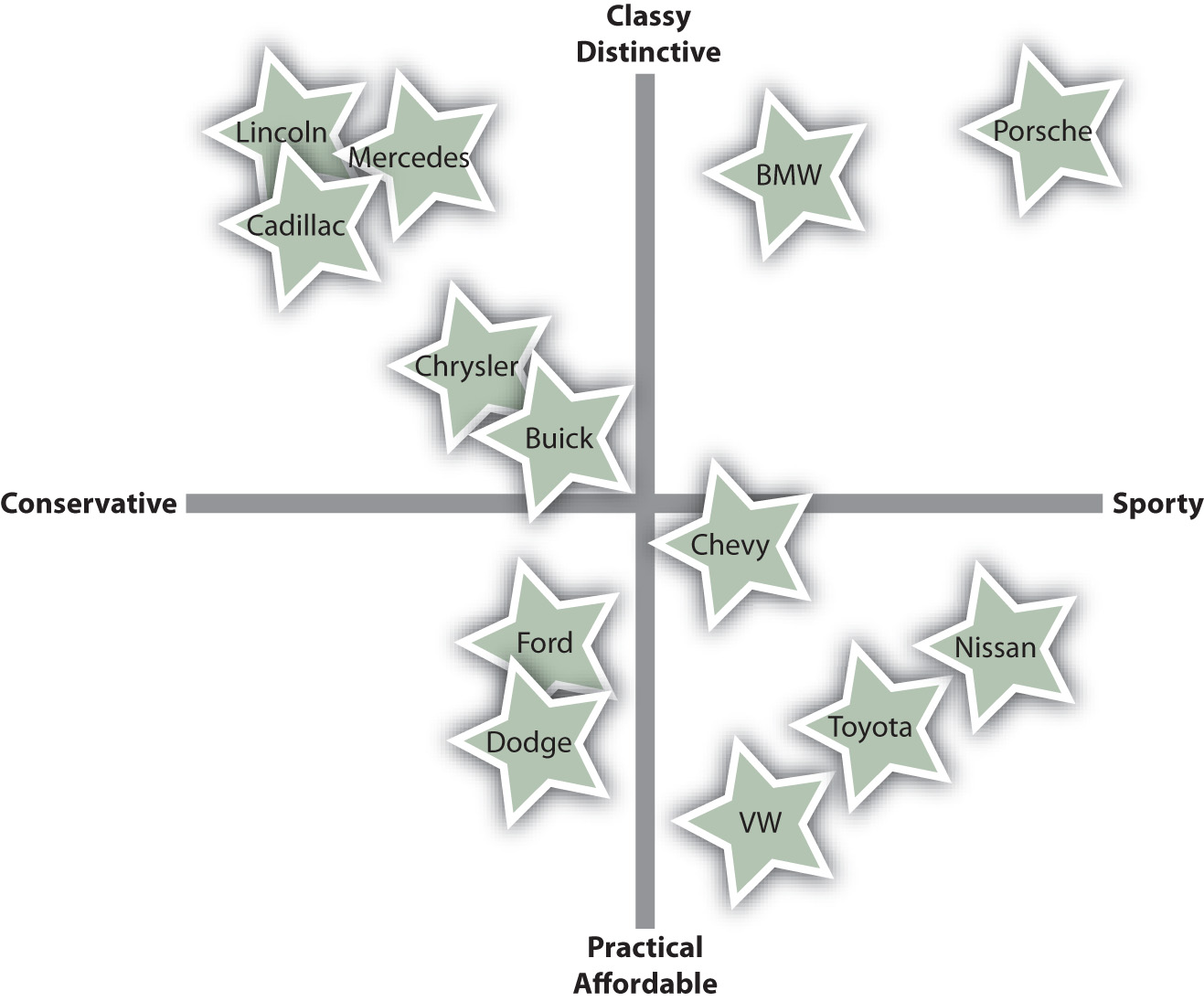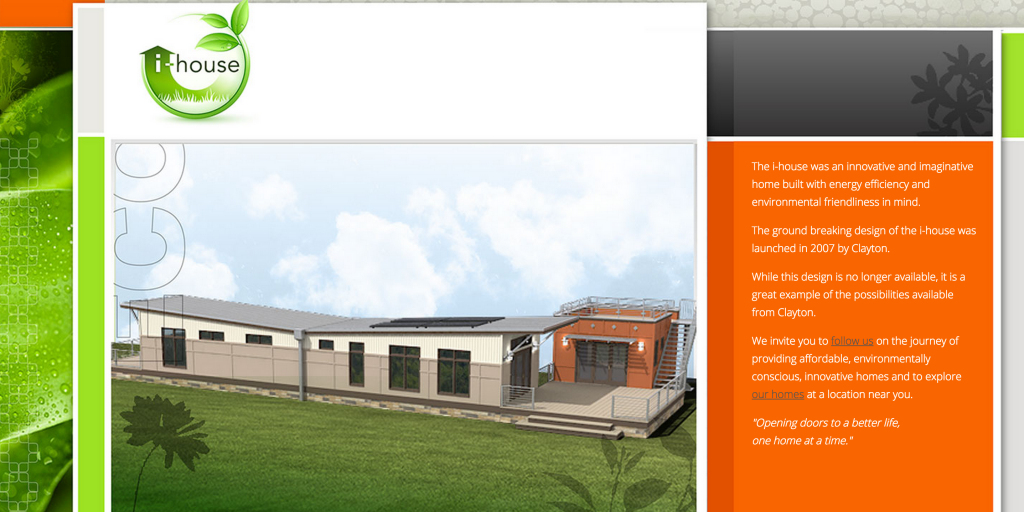Our talented team know how to excite, inspire and engage. With backgrounds in events, entertainment and travel, we’re full of ideas for amazing prizes and unforgettable incentives!
At Fulcrum, we all come to work every day because we have a shared love of travel and delivering once-in-a-lifetime experiences.
Our team meetings are buzzing with fresh ideas, brand new experiences and glowing feedback from our travellers. We know what makes a great incentive, we have an encyclopaedic knowledge of the best experiences around the world, and we have an ever-expanding ‘little black book’ of the most exclusive suppliers in the business.
In addition to our creative ideas and experience, we know that our clients value our expertise and dedication to solving problems rather than creating them. Prizes and incentives are our world, but we understand that our clients have other priorities, so we make sure we’re delivering our ideas on-time, on-budget and on-brand. We thrive on tight deadlines, logistical challenges and creating perfectly tailored solutions, without the headaches!
About us
Perfect solutions every time
As a leading marketing Agency, we’re immensely proud to work with brands and agencies across a huge range of sectors and industries, giving us an unrivalled breadth of experience.
we have created and fulfilled prizes for promotions and activations across the world.
Our aim: help our clients achieve their goals through our experience and expertise, taking the stress and hassle out of prize fulfilment.
We work for both direct brands and agencies, often in collaboration or with other specialist agencies and partners. Many of our clients have existing assets – from festival tickets to sports hospitality – which we help them to build into the best possible prize packages. Others want to create unique, eye-catching marketing and btl content around their prize winners. We can deal with winners from any country and in any language; we can provide a full btl management service; we can even source camera crews for content capture.
Whatever your brief, we’ve got it covered.
SALES INCENTIVES
Driving sales and performance through tailored, flexible incentive programmes
With pressure always on to drive sales and performance, sales incentives are an essential part of rewarding achievement within many companies. From internal staff reward programmes to dealer and channel incentives, there’s no better way to create a happy, engaged and motivated workforce.
Our main goal is to understand your people and what makes them tick. From hundreds in a call centre team to a small on ground sales team, a clear overview of your audience is the most important part of the process. By taking a best approach, offering maximum choice and flexibility, we create incentives which are targeted, effective and tailored to your team.
Whether it’s sales rewards, dealer incentives or channel incentives, drop us a line; we’d love to help you drive sales with our fresh and creative approach to prizes and incentives. From once-in-a-lifetime holidays to mini-breaks, high-street vouchers and designer goods, you can rest assured that with Fulcrum you’re in safe hands.
24 hour turnaround for urgent briefs
Topline ideas within 2 hours if needed
Competitive fixed quotes with no hidden costs
Expert Winner Management and Fulfilment
Retail Marketing Work | engagement marketing Outsourcing firm Koregaon Park
Positioning and Repositioning Offerings
5.4 Positioning and Repositioning Offerings
Learning Objectives
- Explain why positioning is an important element when it comes to targeting consumers.
- Describe how a product can be positioned and mapped.
- Explain what repositioning is designed is to do.
Why should buyers purchase your offering versus another? If your product faces competition, you will need to think about how to “position” it in the marketplace relative to competing products. After all you don’t want the product to be just another “face in the crowd” in the minds of consumers. Positioning is how consumers perceive a product relative to the competition. Companies want to have a distinctive image and offering that stands out from the competition in the minds of consumers.
One way to position your product is to plot customer survey data on a perceptual map. A perceptual map is a two-dimensional graph that visually shows where your product stands, or should stand, relative to your competitors, based on criteria important to buyers. The criteria can involve any number of characteristics—price, quality, level of customer service associated with the product, and so on. An example of a perceptual map is shown in Figure 5.10 “An Example of a Perceptual Map”. To avoid head-to-head competition with your competitors, you want to position your product somewhere on the map where your competitors aren’t clustered.
Figure 5.10 An Example of a Perceptual Map
Source: Adapted from http://en.wikipedia.org/wiki/Perceptual_mapping.
Many companies use taglines in their advertising to try to position their products in the minds of the buyer—where they want them, of course. A tagline is a catchphrase designed to sum up the essence of a product. You perhaps have heard Wendy’s tagline “It’s better than fast food.” The tagline is designed to set Wendy’s apart from restaurants like McDonald’s and Burger King—to plant the idea in consumers’ heads that Wendy’s offerings are less “fast foodish,” given the bad rap fast food gets these days.
Sometimes firms find it advantageous to reposition their products—especially if they want the product to begin appealing to different market segments. Repositioning is an effort to “move” a product to a different place in the minds of consumers. The i-house, a prefab house built by Clayton Homes, a mobile home manufacturer, is an example. According to the magazine Popular Mechanics, the i-house “looks like a house you’d order from IKEA, sounds like something designed by Apple, and consists of amenities—solar panels, tankless water heaters and rainwater collectors—that one would expect to come from an offbeat green company out of California selling to a high-end market” (Schwartz, 2009). A Clayton Homes spokesperson says, “Are we repositioning to go after a new market? I would think we are maintaining our value to our existing market and expanding the market to include other buyers that previously wouldn’t have considered our housing product1.”
Figure 5.11 The Clayton i-house: “A Giant Leap from the Trailer Park”
Source: http://www.claytonihouse.com.
Recently, Porsche unveiled its new line of Panamera vehicles at a Shanghai car show. The car is a global model, but unlike Porsche’s other cars, it’s longer. Why? Because rich car buyers in China prefer to be driven by chauffeurs (Gapper, 2009). How do you think Porsche is trying to reposition itself for the future?
Audio Clip
Interview with Apurva Ghelani
http://app.wistia.com/embed/medias/416c5bb392
Listen to Ghelani’s advice to students interested in working in his area of marketing.
Key Takeaway
If a product faces competition, its producer will need to think about how to “position” it in the marketplace relative to competing products. Positioning is how consumers view a product relative to the competition. A perceptual map is a two-dimensional graph that visually shows where a product stands, or should stand, relative to its competitors, based on criteria important to buyers. Sometimes firms find it advantageous to reposition their products. Repositioning is an effort to “move” a product to a different place in the minds of consumers.
Review Questions
- Why do companies position products?
- Explain what a tagline is designed to do.
- Why might an organization reposition a product?
1“Clayton ‘i-house’ Is Giant Leap from Trailer Park,” Knoxvillebiz.com, May 6, 2009, http://www.knoxnews.com/news/2009/may/06/clayton-i-house-giant-leap-trailer-park/(accessed April 13, 2012).
References
Gapper, J., “Why Brands Now Rise in the East,” Financial Times, April 23, 2009, 9.
Schwartz, A., “Clayton Homes’ i-house Combines Energy Efficiency and Modular Affordability,” Fast Company, May 4, 2009, http://www.fastcompany.com/blog/ariel-schwartz/sustainability/clayton-homes-75k-energy-efficient-i-house (accessed December 9, 2009).

